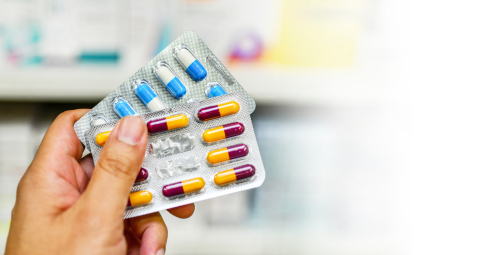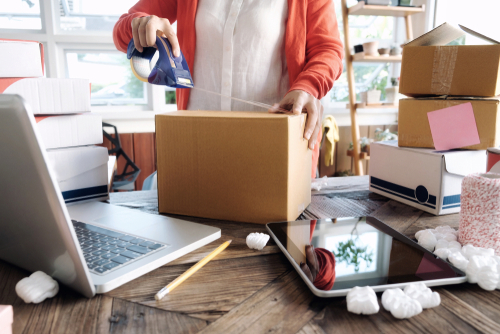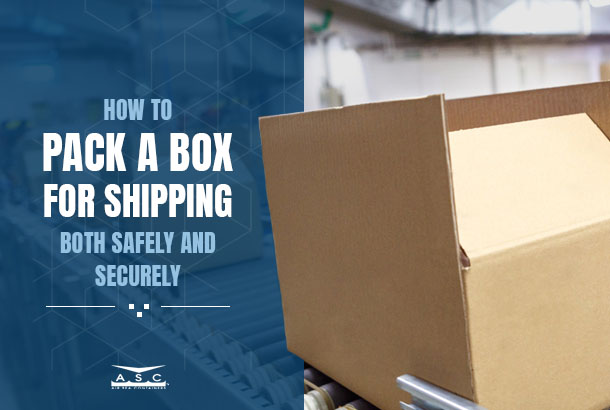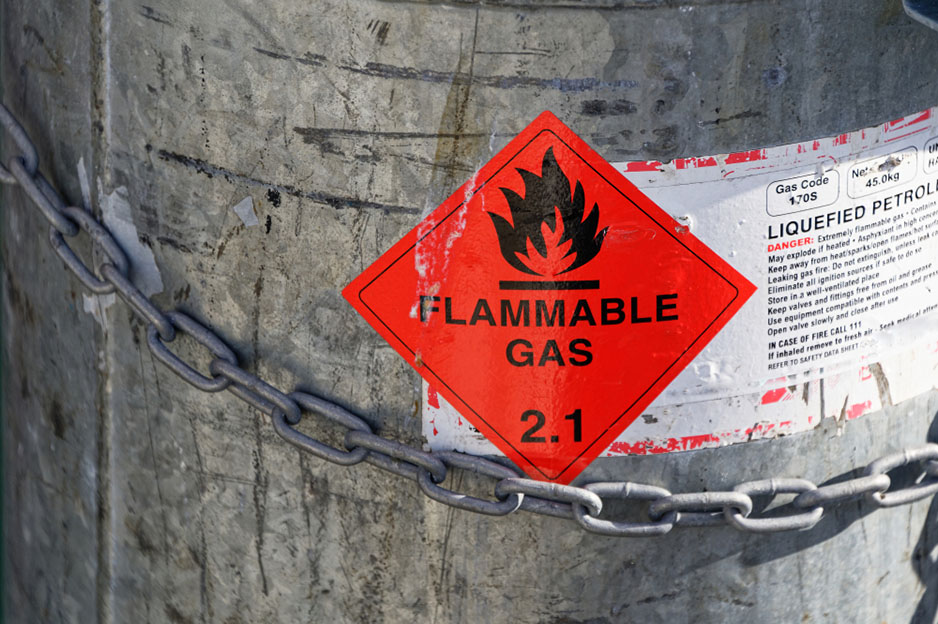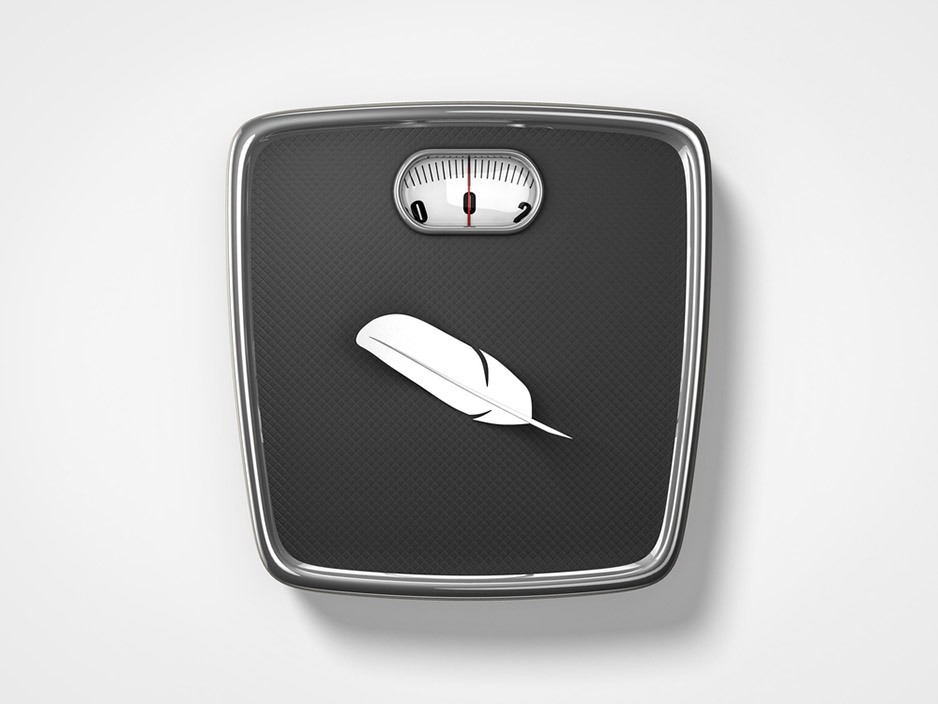The guide below will explain what materials are used in blister packaging.
What Is Blister Packaging?
Blister packaging is widely used across the pharmaceutical industry as a unit-dose packaging solution that helps people take the correct amount of medication at the right time.
Blister packaging is made using several types of rugged polymers, including:
- Polyethylene terephthalate (PET)
- Polyvinyl chloride (PVC)
- Polyvinylidene chloride (PVDC)
- Polychlorotrifluoroethylene (PCTFE)
- Cyclic olefin polymers (COP)
Blister packaging is manufactured from a plastic sheet that is thermoformed to create cups or blisters that hold a product in place. The packaging typically has a paperboard backing or a lidding seal of aluminum foil or plastic film.
Order Your Custom Cardboard Boxes Today!
Blister Packaging Properties

Blister packs provide a safe, secure way to ship medicines and small consumer items, offering additional protection when goods are transported inside custom cardboard boxes. Each type of material used to create blister packaging offers something different.
PVC is the most popular material used for creating blister packaging—mainly because it is inexpensive. These blister packs are made using 0.25mm or 0.3mm PVC sheets.
PVDC is often combined with PVC sheets to create blister packs with an extra layer of protection, for better sealing of items from oxygen and moisture.
PCTFE is a type of laminate blister packaging used to form a moisture barrier around the product. Compared to other polymers used to create blister packs, PCTFE has less water vapor permeability.
Browse Our Collection of Eco-Friendly Packaging MaterialsCOP is often combined with other polymers, such as polypropylene and polyethylene, to create blister packaging with deeper cavities that better hold items in place. COP is commonly used to make blister packs that hold medicine.
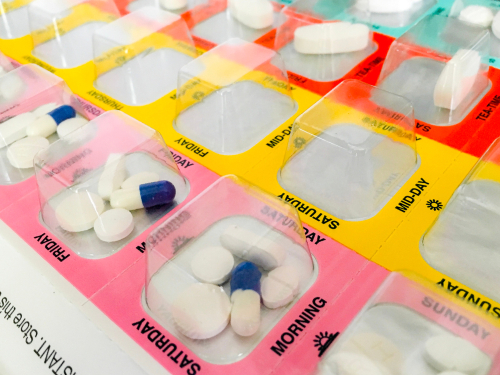
The Benefits of Blister Packaging for Shipping
- Wide variety
Blister packaging comes in a wide variety of shapes, sizes and strengths. The different variations mean you can choose the packaging solution that best protects your products based on how you intend to transport them.
- Keeps items fresh
For long-haul shipping, blister packaging can protect perishables from air and moisture exposure, minimizing deterioration. Foods and medications are protected from environmental factor-induced spoilage when packaged in blister packs.
Blister packaging is usually water-resistant, and it protects against ultraviolet (UV) light and any impacts so your products remain fresh and undamaged throughout the duration of the journey.
- Security
Shipping medications raises concerns that the product could be tampered with. Blister packaging makes it difficult for a non-intended recipient to access the product, and it’s easy to tell when blister packs have already been opened, making them safe vehicles for transporting medications.
- Cost-effective
Blister packaging can reduce shipping costs because it reduces the need for additional packaging. Plus, they can be customized in a variety of ways to fit any product, which makes items easier to store in cardboard boxes for bulk shipping.
- Eco-friendly packaging
Most blister packs are made for reuse and, in some cases, can be recycled, making them eco-friendly packaging solutions.
- FDA approved
Blister packs can be easily customized to meet FDA considerations for container labels for shipping medications. The SUPPORT Act allowed the FDA to require special packaging, such as blister packs, to ship opioids and other types of medication that pose a risk of abuse or overdose.
Combining Cardboard Cartons and Blister Packs for Better Shipping
While blister packaging offers many protective properties for shipping items, this packaging solution tends to be irregularly shaped. Storing blister packs inside cardboard boxes makes stacking and shipping items easier, especially when they’re being transported in bulk.
Using cardboard adheres to current standards regulating what eco-friendly packaging materials are, and corrugated boxes provide blister packed items an additional layer of protection, making the dual system ideal for long-haul transportation.
The combination of blister packaging and cardboard containers helps to keep shipping costs down. Customizing your cardboard box so that it’s made to measure will reduce costs further. Many shipping firms charge based on box dimensions, so reducing box dimensions means a lower cost to transport goods.
Choose Air Sea Containers for Your Custom Cardboard Boxes
Air Sea Containers uses recyclable materials for all your packaging needs. Our Hazmat-approved and non-Hazmat custom corrugated boxes are the ideal solution for shipping irregularly shaped, blister packed items anywhere in the world.
For all your packaging needs and to ship items domestically and overseas, call us at (866) 272-9880 or use our online chat facility to talk to one of our representatives.

